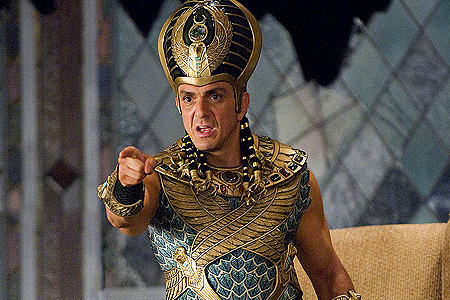The holiday of Halloween, "All Hallows' Eve", "All Soul's Night" or whatever people prefer to call it is quite a lucrative holiday for all sorts of people. Retail stores and costume designers get a ton of money for selling their work to the international distributors. Plastic mold and makeup companies also receive lots of money because everybody loves to look wounded during Halloween for fun. These days however, not many of the newer generations were taught or understand of what Halloween was originally all about. For this comedy horror film, that's more or less the idea of what the movie tries to get across to its audience. To have knowledge of the old practices and comprehend what they mean, what's their purpose and whether or not you should follow them. The problem is, its execution needed to be better than what it is already set at. As writer for films like (X-Men 2 (2003)), Michael Dougherty disappoints as he debuts as director (and writer) to this compilation horror story.
 |
| "Let's carve a pumpkin" |
The plot is about five different interwoven stories that all occur on the same Halloween night, all of which have strange run-ins with other individuals. A school principle (Dylan Baker) has a desirable craze to harm "trick or treaters", a couple briefly argue over whether after partying they should immediately take down the decorations, another group of "trick or treaters" (Britt McKillip, Samm Todd and a few others) set out to prank one of their friends, another group of party girls (Rochelle Aytes, Lauren Lee Smith, Moneca Delainset and Anna Paquin) head out to find one of their friend’s the perfect match and lastly, an old man (Brian Cox) faces off against a very aggressive "trick or treater". Unfortunately, Dougherty's writing isn't very strong when it comes to characters and it shows in his execution.
For one, much of the main characters are thinly written with barely any development. Only a couple have a glimpse once or twice to display a background to a certain character’s history. Other than that, it's all questions. Why does the principle enjoy killing so much? Who is this mystery "trick or treater" with the potato sack head? This does not mean the actors who star in this film don't perform well though. They just suffer from a lack of depth. However for the rest of the writing, Dougherty demonstrates that he's not fully incompetent. The film's strong aspect is its connectivity. Most times when a film tries to recap on certain events, it misses points and forgets to show how various stories intertwine. Not here though, there are several areas to notice when it comes to seeing this. Also credit must be given for having some unexpected twists and instilling the main moral behind each story. Halloween spirits fight fire with fire. If anything, it should make each viewer that much more respectful of the holiday.
Again though audiences will run into problems for other parts aside from the writing. Sadly for effective as it is with setting up the rules and informing its viewers what's expected on the holiday, it really isn't scary. There are a couple of jump scares and they don't help but again there were creepy moments too. Those creepy moments were effective when they appeared. The scary component may not be as effective though because the film is part horror part comedy. Unsurprisingly, the comedy bits are only occasional too. There are some moments where the viewer may chuckle at how silly some characters act and the lines they say but it's not fully dark in its comedy either. The gore is thankfully a plus. There are a couple of nasty moments that can make the skin crawl. The idea of hiding razor blades in chocolate bars are just gag worthy. I would never want to realize that after I took a bite. Trick or treating can be a dangerous activity.
 |
| I have to admit, the costume is creepy |
The cinematography is also well crafted. Handled by Glen MacPherson (Walking Tall (2004)), the camerawork ably moves to hide whatever Dougherty does not want his audience to see until its needed. This mostly goes for the connectivity for each plot thread that intertwines with each other. And like any film that recaps its story, it is done in such a way one will not have to sit and watch the exact same scene exactly as they saw it before. Instead, the scenes are shot at different angles to get a different perspective. Then there's the film score composed by Douglas Pipes. Essentially, Pipes last name fits appropriately to the horror films he's worked on. Pipe organs are not always used in his music but they are still associated with creepy/horror films. Aside from not having a main theme however, Pipes does include unsettling singular tunes brought on music box. This particular motif represents the aggressive trick or treater. It also sounds very similar to that of his previous work from Monster House (2006), which was a good listening experience.
It's too bad that a film like this that entirely focuses on Halloween’s lore and traditions that it falls short of telling a compelling narrative. It has good camerawork, story thread connectivity, violence, and music but it focuses too much on details. Thus although the actors perform decently, their roles are not that interesting. It's not even that scary or funny for what it was originally trying to go for. It's a mixed bag of treats.
Points Earned --> 5:10
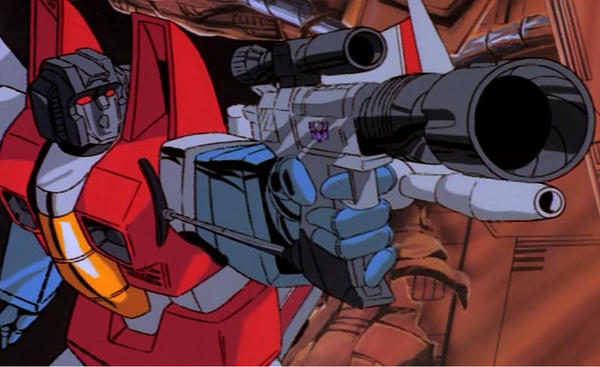

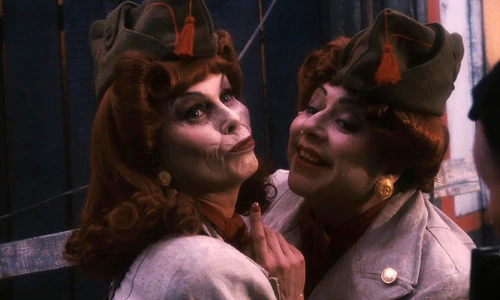

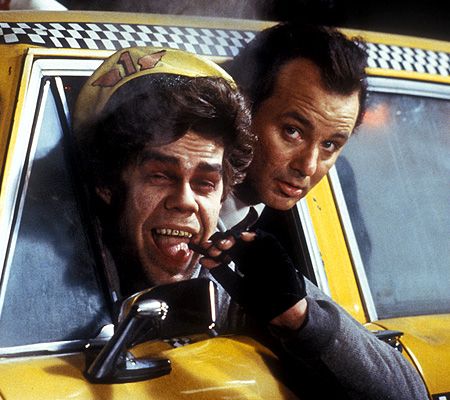





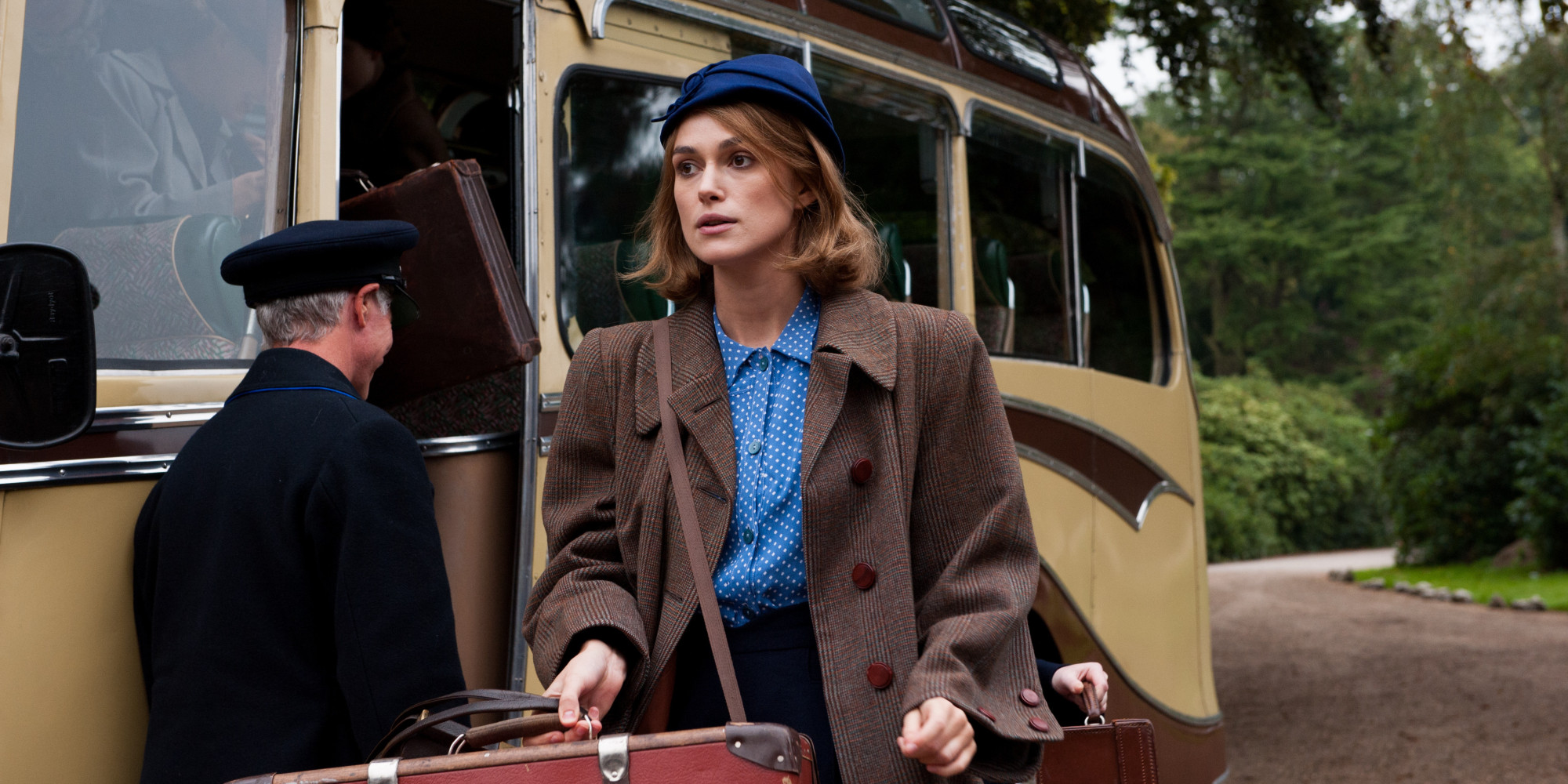


-large-picture.jpg)
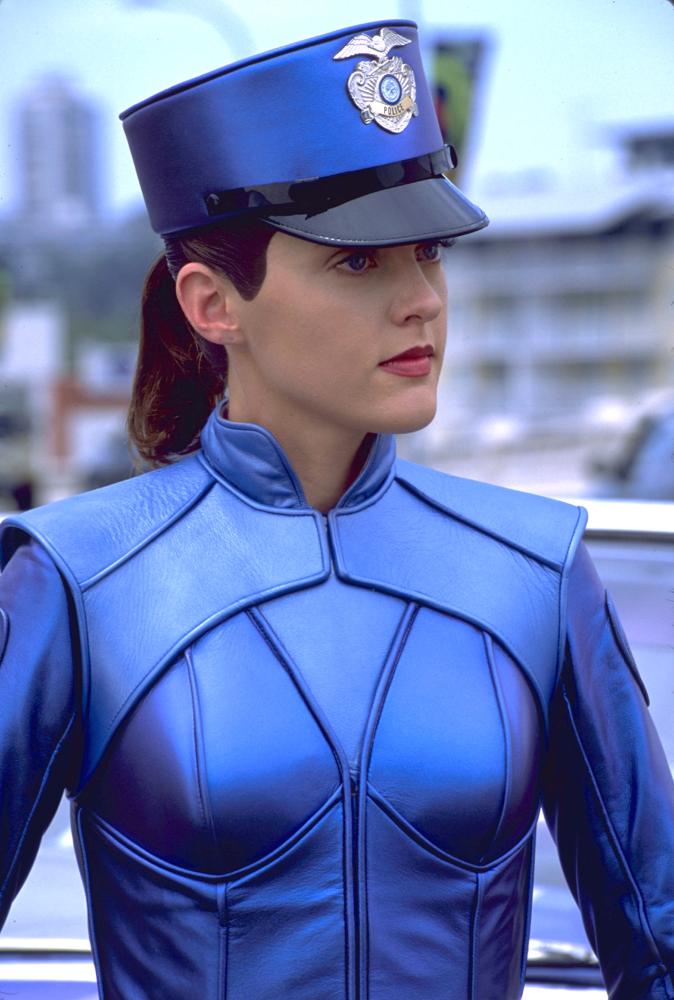

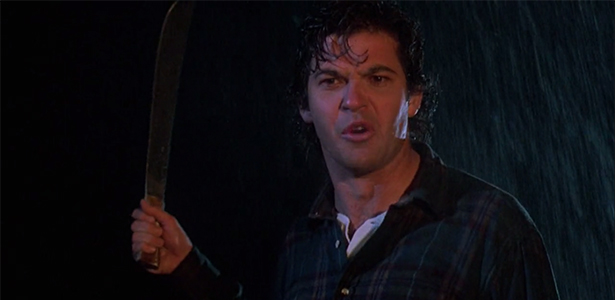



.jpg)





